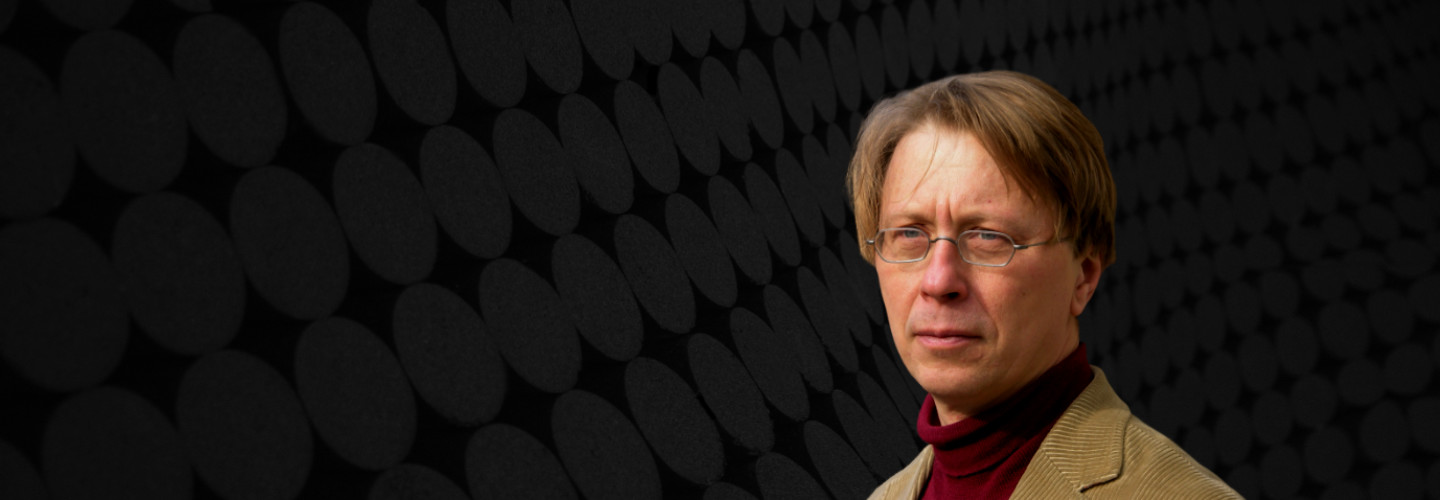

Georg Friedrich Haas
Introduktion und Transsonation
Short instrumentation: 1 0 2 0 - 2 1 2 0, t.sax(Bb), vln(2), vla(2), vc(2), cb(2)
Duration: 17'
Instrumentation details:
alto flute (+fl)
clarinet in Bb
bass clarinet in Bb (+cl(Eb))
tenor saxophone in Bb (+sop.sax(Bb))
1st horn in F
2nd horn in F
trumpet in C
1st trombone
2nd trombone
1st violin
2nd violin
1st viola
2nd viola
1st violoncello
2nd violoncello
1st double bass
2nd double bass
Haas - Introduktion und Transsonation for 17 instruments and tape
Printed/Digital
Translation, reprints and more

Georg Friedrich Haas
Haas: Introduktion und TranssonationOrchestration: für 17 Instrumente und Tonband
Type: Studienpartitur (Sonderanfertigung)
Sample pages
Audio preview
Work introduction
This piece was composed as part of the Giacinto Scelsi Revisited project, inspired by Scelsi’s experimental sonic documents. Heartfelt thanks are owed to the Fondazione Isabella Scelsi for kindly providing copies of Giacinto Scelsi’s original sonic documents, used in performances of Introduktion und Transsonation.
Haas says about the project:
The composition is a preamble and (sonic) transfer of Scelsi’s thinking and the original documents. The succession of note heads is merely a makeshift solution to the problem of setting down a complex of sonic images. As a notational technique, storing such images using electronic media is absolutely equivalent to writing them down on musical staves. Scelsi’s notational procedure is entirely comparable to Beethoven’s sketchbook, for instance […] Scelsi has proved that it is possible to compose music without using notational means in the composing process. In view of the artistic power of his works, we can put it this way: it was not a question of an option here, but of an aesthetic necessity.
